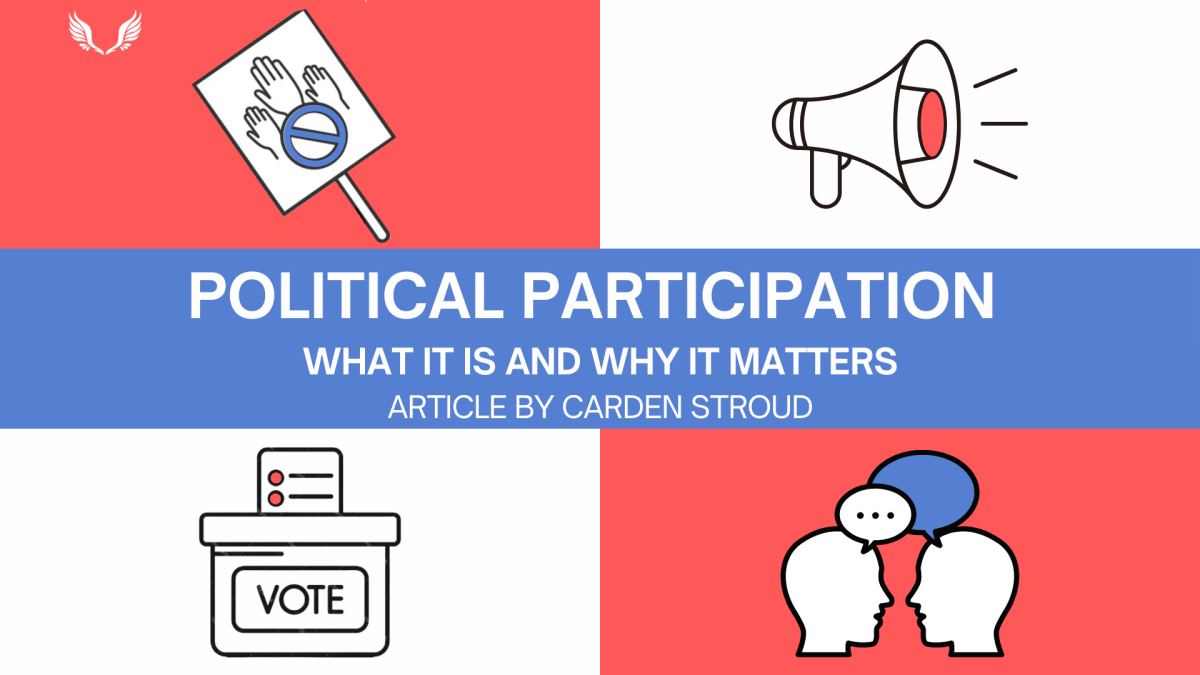It’s your senior year of high school. You smile as you get ready to apply to your dream school. Unfortunately, this is only a small step on the road to a degree. The price tag on that college isn’t cheap and you know that without scholarships and financial aid, you could be drowning in debt in a few years. You sigh as you hit submit, knowing that eventually, you’ll be starting another application, this time for a scholarship.

Each year in America, feelings of dread over financial responsibility accompany millions of students as they enroll in college. You might be asking yourself, if higher education isn’t affordable for a vast number of pupils enrolled, shouldn’t we just lower the tuition? Unfortunately, it’s not as simple as just marking down a price tag. Let’s take a look at why college tuition in America is so expensive and the pros and cons of lowering tuition prices.
How much does college cost?

In 2021 the average costs of attending a four-year university for one year are as follows:
| Tuition | Additional Expenses | Total Cost | |
| Public In-state | $9,580 | $16,284 | $25,864 |
| Public Out-of-state | $27,437 | $16,284 | $43,721 |
| Private (non-profit) | $37,200 | $16,749 | $53,949 |
Tuition is the “sticker price” that is paid for education; additional expenses include books, room and board, and dining services. Total cost is the two numbers added together.
These numbers only account for one year of college; four full years would quadruple the total cost for one year. However, as only 39% of students graduate within four years, the end price of a degree may be even greater.
Financial aid received by students also isn’t factored into these numbers. According to U.S. News, the “net price” of college is the cost after accounting for any financial aid, grants, or scholarships that a student may have earned to offset hefty expenses.
For example, Harvard University’s tuition and fees in fall 2019 were $51,925. However, the school offered an average scholarship of $58,902 to undergraduates, which paid for more than the tuition. A list of Best Value Colleges by U.S. News highlights universities that offer a substantial amount of financial aid to attendees, while also achieving high academic quality.

Student loan interest is another expense to take into consideration when adding up college payments. Each year, adults with student debt pay back an average of $1,898, with 20 years being the average amount of time to pay off a debt. When factoring in loan payments, the total cost of a degree could come up to over $400,000.
In 2021, the average tuition and fees of in-state colleges in North Carolina comes in at $7,389, below the national average. The most expensive college in the UNC System is UNC-Chapel Hill with a tuition of $8,790 for the 2021-2022 school year. Elizabeth City State University is the cheapest school with a tuition of $3,326.
Why is college so expensive?

In recent years, college tuition has spiked in America. According to U.S. News, in the past 20 years, the price of higher education has risen dramatically:
- 212% for public, in-state universities
- 165% for public, out-of-state universities
- 144% for private universities
The problem with these numbers is that the amount of money people have to spend on college has not increased nearly as much. From 2008 to 2018, college costs rose 36%, while household incomes grew a mere 2.1%, according to U.S. News. Let’s take a look at 7 reasons why these numbers have risen so dramatically.
- The rise in the number of students
- With more and more young adults seeking higher education, universities have had to hire more professors, construct new facilities, and spend money to accommodate the increasing number of students.
- Reduced state funding
- States have been putting less and less money into higher education in the past few years, and haven’t raised taxes or increased budgets to accommodate for the need to charge more money per student.
- Paying professors
- It’s no surprise that salaries for college staff have followed the same upward trend as tuition costs, however, the amount of budget money that universities use to pay professors has gone down about 10% since 1970. This means that colleges will have to increase their budgets to compensate their staff.
- Increased services for students
- Counseling, healthcare, and other student services have become more popular at colleges in the past few years, and tuition costs have only risen to accommodate for these services.
- High tuition as a marketing technique
- Some colleges believe that they can attract more students by marking up their tuition prices to seem more reputable.
- Tuition revenue benefits colleges
- Besides offering education, food, and room and board to students, colleges use the money for a multitude of other purposes, such as athletic programs, arts programs, new technology, and campus amenities, such as study rooms, libraries, lounges, and cafes. By racking up tuition costs, universities gain money to pay for these expenses.
- Increased financial aid
- Even though grants and scholarships are intended to lower university fees for students, government-issued financial aid can be an incentive for schools to further increase their costs. This theory is known as the Bennett hypothesis.
Does college need to be more affordable?
There can be no doubt that higher education isn’t affordable for every single person in America. However, should university costs be lowered to accommodate the needs of more students? Here’s a breakdown of some of the reasons why and why not marking down college tuition is a good idea.
Pros of making college more affordable
- Equal opportunity
- While the higher education system is designed to make college accessible for all students wanting to enroll, it may not provide all of them with equal opportunities. Some students who cannot afford to attend a 4-year university may opt for only a 2-year degree from a cheaper community college, which isn’t fair to that student who may have had equal or better academic capabilities as another student who could afford the 4-year tuition.
- The population is more educated
- If higher education is more affordable, more American citizens will likely obtain college degrees. An increase in the education of a population is positively correlated with the amount of political participation from a society; innovation and change can be made faster if more people are aware of the problems facing their community.
- Economic growth
- Education can stimulate the economy. People with college degrees are offered higher salaries, which can, in turn, lead to more consumer spending and a boosted economy. With more affordable education, this effect could be multiplied.
- Higher Salaries and better futures
- People with degrees typically have better salaries than those without a college education. Lowering the costs of the university will prompt more people to go and get those degrees that will allow them to make more money. Student loan, an expense that devastates many graduates, is also eliminated with affordable education.
Cons of making college more affordable
- Financing arguments
- The money that is needed to make higher education cheaper has to come from somewhere, whether it be tax dollars or less money spent on programs such as the military. A lot of discussion and planning is needed before money can be obtained.
- College Isn’t for Everyone
- Even with affordable tuition costs, some people just cannot commit to the time needed to get a degree. Instead of using money to lower the cost of college, it can be used to offer more forms of higher education, including online courses, vocational training, and skill-specific programs that are more accessible to all types of people.
- Less Value
- If everyone has the opportunity to attend college and everyone ends up going, the value of a degree may be lower if everyone did not attend university.
- Lower Quality
- The revenue that colleges obtain from tuition fees may not be covered by the funding they would get if tuition was free. This could lead to a decrease in the quality of materials taught, professors, living areas, dining accommodations, and the overall university experience.
Free College in Davie County

Even with all of the debates over whether college prices should be lower, there have been lots of successful attempts at making college affordable, including a program right here in Davie County.
Ignite Davie is a college promise program in Davie County that allows Davie High School students to attend Davidson Davie Community College for free for two years. The scholarship isn’t based on financial need or academic ability.
Ignite Davie’s mission statement is “a community-wide initiative to raise the educational attainment levels of Davie County students by providing college access through tuition assistance for high school graduates.” Their goals include improving high school graduation rates, increase higher education attainment, strengthen the workforce, improve the quality of life in Davie County, and increase the tax base of Davie County.
If you are considering attending DDCC for an associate’s degree, a certificate, or to eventually transfer, consider applying for the Ignite Davie scholarship, at their website! The deadline for the fall term is June 1, 2021. See the website for further information about the application and requirements.






